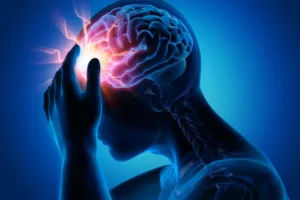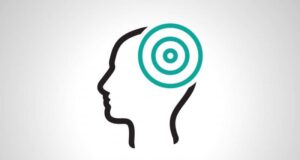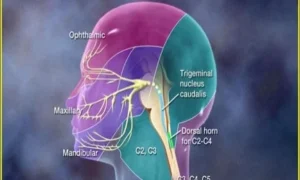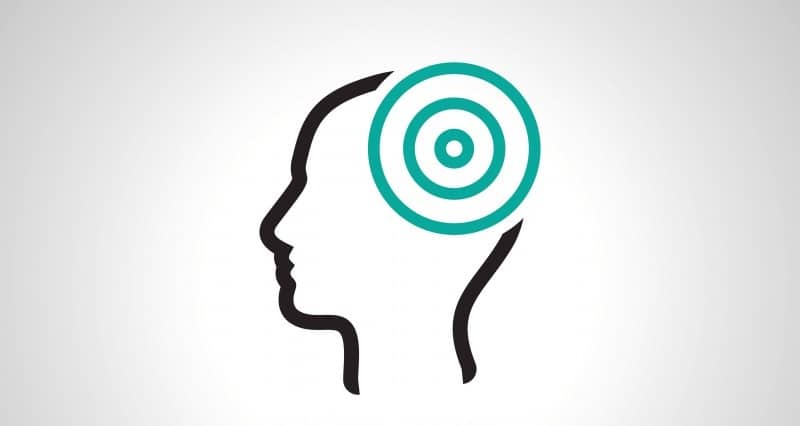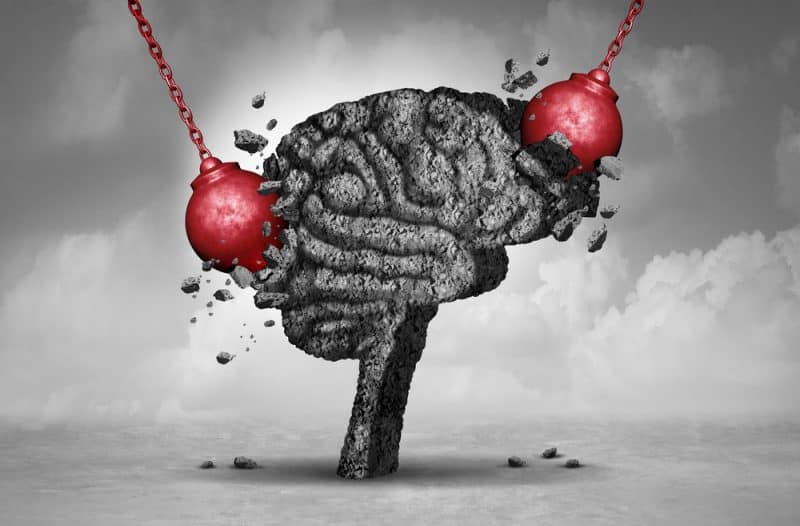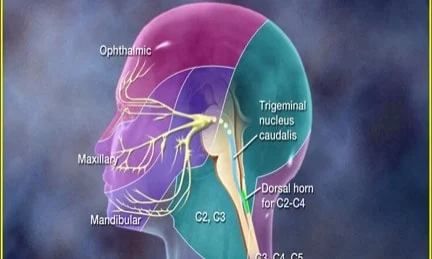A migraine is a neurological condition causing headache that is often felt as a throbbing pain on one side of the head with other common symptoms including nausea, vomiting, dizziness, and sensitivity to light and sound. What’s more, migraine can significantly decrease one’s quality of life and restrict their daily activities.
According to Statistics Canada, nearly 3 million Canadians have reported being diagnosed with migraine by a health professional. The good news is, migraine treatment can relieve the pain and symptoms of a migraine attack and help to prevent future migraines. In this article, we will discuss some of the most common acute migraine treatments, including treatments for mild, moderate, and severe migraines, as well as preventive migraine treatments.
What are migraine symptoms?
Migraine symptoms can be different for everyone. For some people, a migraine is preceded by an aura, which involves sensory, motor, and speech symptoms. Often, a migraine headache starts as a dull ache and progresses as throbbing pain, which can get worse during physical activity. Moreover, migraine pain can also move from one side of the head to the other, or can be felt at the front or over the entire head.
The four stages of migraine
Usually, migraine headaches last for several hours; however, they can also last for up to several days. In many people, migraines also happen in stages, which include the prodrome, aura, headache, and postdrome.
- Prodrome: The first stage of migraine can last for a few hours or days and is sometimes called the “pre-headache” phase of migraine. Prodrome symptoms include the following:
- Increased sensitivity to light, sound, or smell
- Mood changes
- Thirst
- Bloating, constipation, or diarrhea
- Aura: This migraine phase can last for up to one hour, and is experienced by 15-20% of people who suffer from migraines. In addition, migraine aura can also occur together with headache. Aura symptoms typically include the following :
- Seeing dots, lines, and flashes of light
- Tunnel vision
- Vision loss
- Tingling or numbness on one side of your body
- Loss of ability to speak
- Feeling of heaviness in arms and legs
- Ringing ears
- Changes in smell, touch, and taste
- Headache: The headache phase of a migraine lasts from several hours to up to three days, and is often felt as throbbing pain, which usually starts on one side of your head and then spreads to the other side.
- Postdrome: This migraine phase can last for up to several days and is experienced by the majority of people who suffer from migraines.
- Fatigue
- Food cravings or lack of appetite
- Feeling irritable
- Muscle pain or weakness
- Feelings of euphoria or relief
Acute migraine treatments
There are several types of migraine treatments. Typically, to stop the onset of acute or sudden migraine attacks, abortive migraine treatment is used. Specifically, the goal of abortive treatment is to stop a migraine headache once it starts.

Treatment for mild to moderate acute migraines
For acute migraines that are mild or moderate, health professionals typically recommend taking simple analgesics.
These include the following:
- Acetaminophen
- Aspirin
- Non-steroidal anti-inflammatory drugs (NSAIDs)
- Medications that combine caffeine, aspirin, and acetaminophen.
Treatment for moderate migraines
Usually, treatment for moderate and severe migraine attacks includes prescription medication, which can be taken as pills, injections, and nasal sprays, including the following :
- Triptans
- Ergotamine
- Calcitonin gene-related peptide (CGRP) receptor antagonists
- Anti-nausea medications
Treatment for severe migraines
Severe migraine attacks can last for more than 72 hours and result in severe pain; they can involve vomiting and sometimes require emergency care. Usually, severe migraines are treated using a combination of oral or intravenous fluids, as well as medications such as dopamine receptor blockers and abortive migraine medications.
Preventive medications
Acute migraines can also be prevented by some types of medication. Typically, preventive migraine medications can help to reduce migraine frequency and intensity, and include the following:
- Antidepressants
- Blood pressure-lowering medications
- Anti-epileptic drugs
- Botox injections
Acute migraine prevention
Migraine attacks can be triggered by a variety of factors, and avoiding some of the most common migraine triggers can help to reduce migraine frequency and severity. Some strategies for migraine prevention include minimizing stress, as well as avoiding alcohol and caffeine, and having regular meals. In addition, getting enough sleep and staying hydrated can also help to prevent acute migraine headaches.
Conclusion
If you suffer from migraines, it is best to consult your healthcare practitioner for an evaluation and to receive a treatment plan according to your symptoms and requirements. Typically, your doctor will review your medical history and symptoms, and conduct a physical and neurological examination before prescribing acute migraine treatment.



